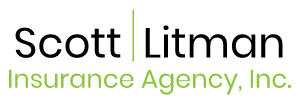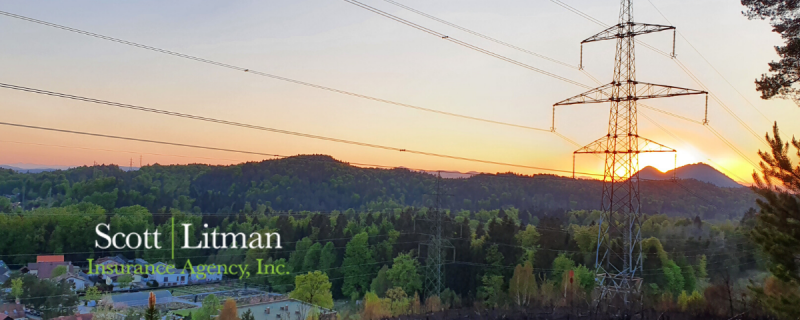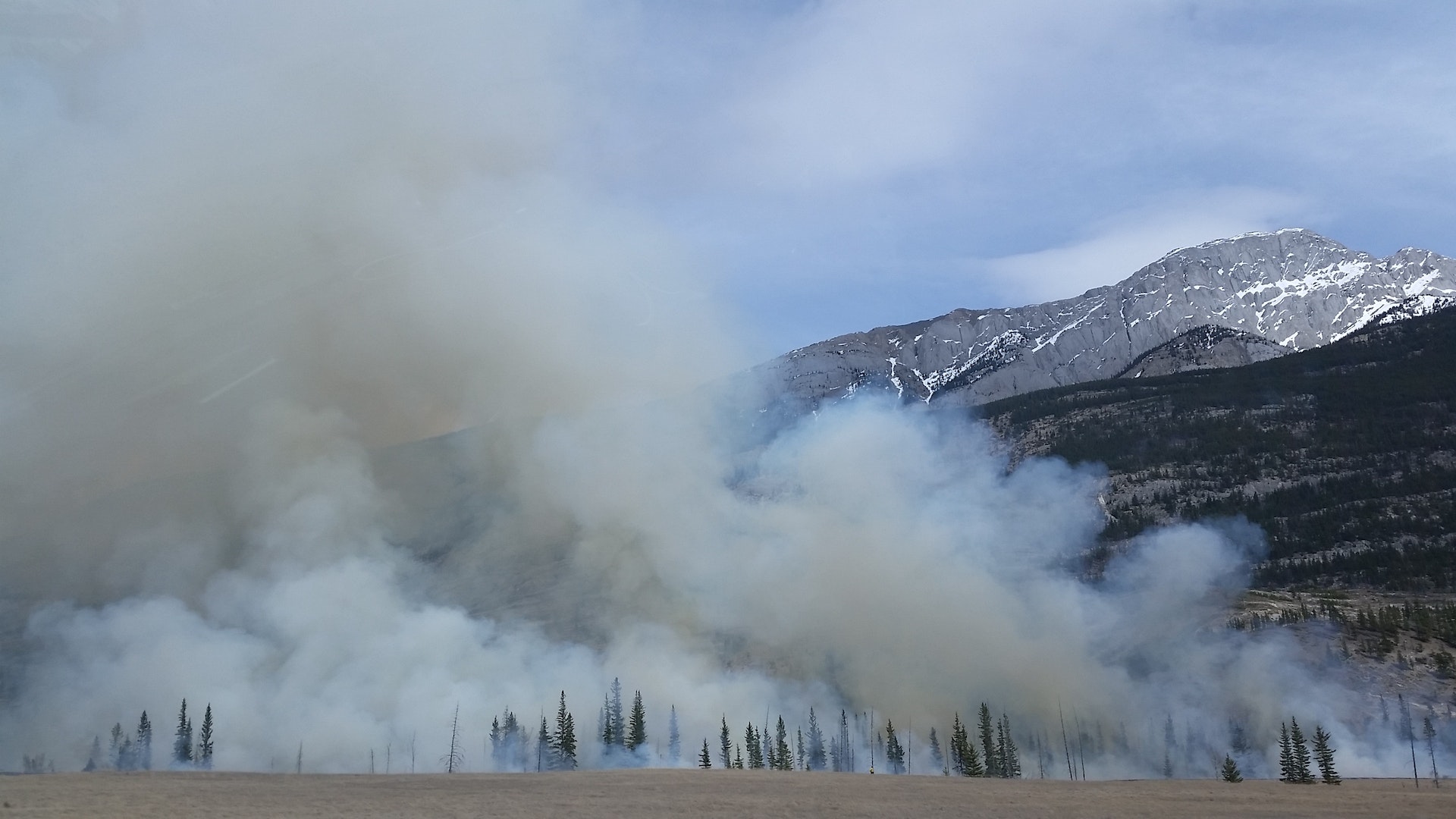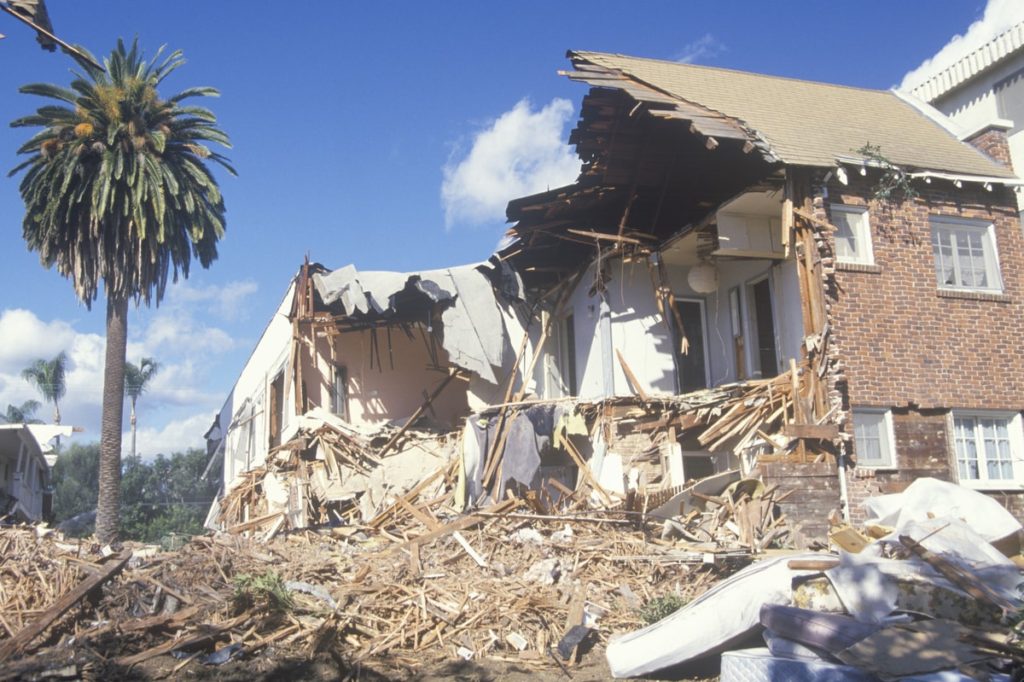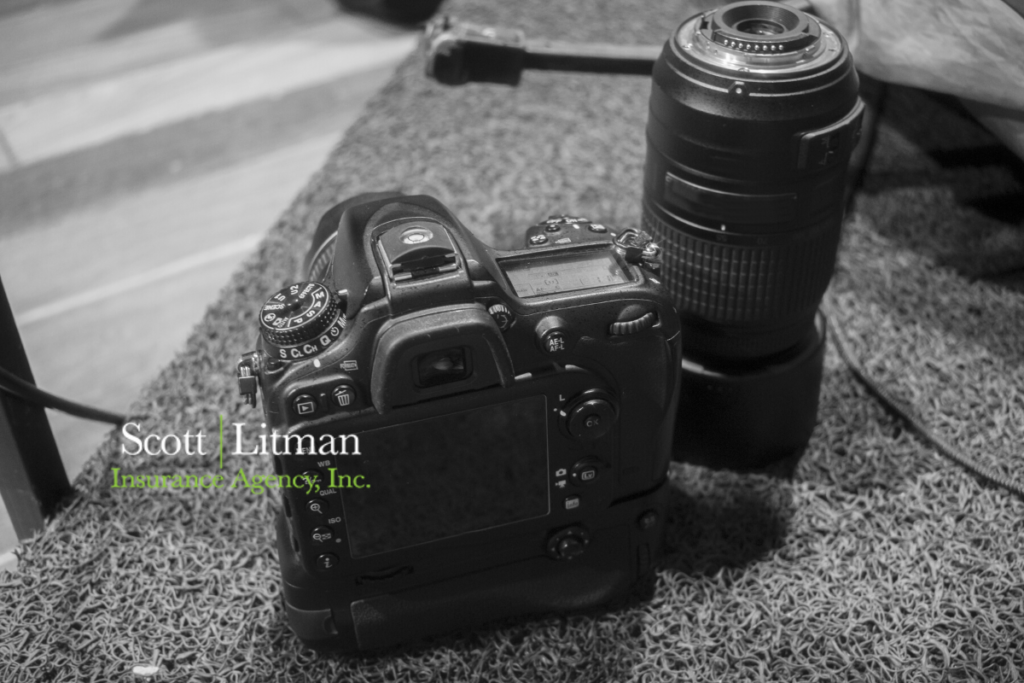As Southern California enters the hottest season of the year, there is an increased threat from wildfires, due to rise in temperature and a decrease in humidity. Here we have detailed practical tips to keep your condo community safe. We also have a blog on what photos and evidence you should be keeping here and a document to share with your residents about their own responsibilities here.
Start from the top
The roof is the most vulnerable part of your condo community, particularly if it’s made of wood or shingles. If there have been any reviews or concerns raised about your roof by your insurer, you need to make sure you have addressed these and keep proof to demonstrate that you have too.
If the roof is made of wood or shingle, this will have an impact on your insurance cost and it would be advisable to look into rebuilding the roof in standard construction materials such as metal or tile.
Block any spaces that may catch embers. Use stovepipe outlets with non-flammable screen for a chimney, if there are any within your condo community, as well as screen material coverings from metal with openings between 3/8 and 1/2 inches.
It is worth remembering that any chimneys will also need to be swept regularly to avoid a build up of soot and whilst we’re talking chimneys, we’ve added this here too.
Vents, eaves and soffits
Vents further increase the fire risk of your home as they can catch flying embers. You can cover them with 1/16 inch to 1/8 inch metal mesh, however, avoid using flammable materials like fiberglass or plastic. Any vents in eaves should be covered with baffles, and eaves and soffits themselves can be protected with flame resistant materials.
Gutters
Always make sure to remove debris from rain gutters. So you need to go through a process of regularly having these swept. With COVID-19, this might have been one of the tasks that couldn’t be completed in lockdown so make sure you get on to it this week.
Windows
Single paned and large windows are at a particularly high risk of breaking from the heat, even if condos are not on fire. You may have other insurance liabilities from having single pain windows in higher properties, so this may not apply. However it is worth covering. Windows should be dual paned, where one pane is made of tempered glass. Within a condo community it is hard to justify reducing the number of windows and with balconies and sliding doors too. However, anything that can be done in relation to windows that face large areas of foliage will be beneficial. As an alternative, if you have the right to, the foliage may require removing or significantly scaling back. We cover this in more detail below under foliage.
Walls
Materials like wood, used in boards, panels or shingles are poor choices if your area has a high risk of wildfires. We suggest remodelling or building walls with fiber cement wall siding, stucco and other approved materials. If you prefer wood, choose treated and fire-retardant wood and extend these materials from the roof all the way down to the foundation. Using this as cladding is not really advisable if your condo community is in a high risk area. Again this will be reflected in your premium or if your insurer is not aware of it, may count against you in repairs and insurance payout.
Around your condo community
Decking and other surfaces within 10 feet of your house should be built with flame-retardant materials and there should be no flammable items underneath. You should use the same materials for patio coverings as the roof. Always make sure to remove debris from rain gutters. Further, we would recommend using non-combustible materials for your fencing. As a HOA, you would be advised to carry out regular maintenance of the decking to ensure that it is all in good condition and that the areas underneath are regularly swept and maintained.
Foliage
We covered in an earlier blog how lockdown has been a great opportunity to get community members involved in condo community clear ups and work. Obviously while adhering to social distancing rules and remaining safe. If you and your community haven’t already done so, it might be a great time to get the community involved in reviewing the condo site and reporting back on any overgrown foliage that might be best to be cut back. With the increased heat it might not be the best time to get members of the community involved in clearing areas, particularly older generations.
Any overgrown foliage or trees that border the condo community should be cut back significantly. If anything is within 6ft of the property then the height of it should be maintained and it shouldn’t be as tall as the roof as embers can easily fly into the roof space or vents as highlighted above. Consideration should be given to removing these trees altogether if they are closely placed, particularly if there is open and particularly dry land around the edges of the community.
Garages / Equipment container
We’ve referenced this before but having a central location for storing emergency kit is vital. If you have garage areas to do this, then make sure it is accessible for people to use. Keep tools like shovels, rakes, buckets, hoses. Extra fire extinguishers can also be stored here as well as being available on all floors to the condos.
If there are any flammable liquids on site, make sure they are stored in a safe dark container or garage and consider the safest place to keep them in terms of fire risk.
Garage door should be covered with weather stripping around and underneath.
Make your condo community easily accessible
In case of an emergency, you will want to make your community easily accessible by emergency services. Maintain access roads with a minimum of 10 feet clearance on either side, which will allow for two-way traffic. Be sure to check state and local codes on how to build and maintain your driveway to allow emergency vehicle access. All gates should be wide enough and open inward, and trees should be trimmed to prevent them from hanging over the driveway. Make sure your address is clearly visible. You could also consider having a few garden hoses that access all parts of your home and get a pump for your pool or well.
Regularly review communal areas
Make sure that you’re happy with the community and area. That there are no trip hazards, that all communal areas are free from rubbish bags or other possible items that could prevent someone leaving the building in an emergency. Educate your community on their responsibilities particularly during fire season and even more so in the current situation.
